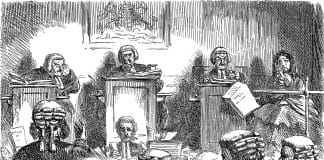Books
I love books and literature, so I decided to open a blog which is all about books. A literary blog is like a personal virtual library. It allows me to express my point of view about my favourite books.
During my childhood, I always enjoyed reading books; hence I’ve become interested in literature. Being an avid reader, I love to write book reviews. At an early age, I started to read books in three languages: Italian, English, and French. And of course, I preferred to read fairy tales by The Brothers Grimm, C. Perrault, H. C. Andersen, and J. Jacobs. Among my favourite fables which I was reading several times, I can list The Frog Prince, The Sleeping Beauty, Rapunzel, Goldilocks, and the Three Bears.
During my teenage years, my focus moved to novels by Jane Austen, the Brontë Sisters, W. Shakespeare, C. Dickens, A. Pushkin, T. Mann, and other European writers. In general, I’ve always been very interested in English literature. I’ve read books by British authors such as G.Chaucer, W.Shakespeare, J.Austen, Brontë sisters, C.Dickens, and V.Woolf ( to cite some of them ).
One of my purposes is to express my perspective on the book I read. Although I do read in French, and my native language is Italian, I will mainly write reviews about English and American novels, because I’m more acquainted with the English language. I want to show a different side of classic books, which can have a connection with our daily life.















